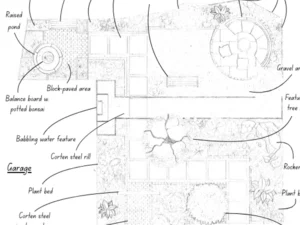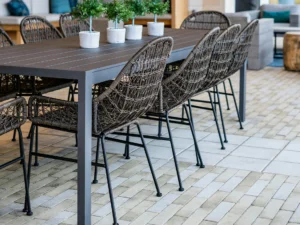Introduction
When it comes to garden landscaping and design projects, the choice of wood can significantly impact the outcome and longevity of your creation. In the realm of wood options, kiln-dry oak and wet oak stand as two distinctive choices with their own sets of characteristics.
Understanding the differences, advantages, and potential challenges associated with each is pivotal for informed decision-making. In this guide, we’ll explore the nuances between the two types of oak, shedding light on their disparities, benefits, potential problems, and resolutions. Head to the Contact Us page to find out more.
What is Kiln-Dry Oak?
Kiln-dry oak refers to oak wood that has undergone a controlled drying process in a kiln. This process involves subjecting the wood to high temperatures in a carefully controlled environment to reduce its moisture content to a specific level suitable for various applications.
What is Wet Oak?
Wet oak, on the other hand, is oak wood that has been freshly harvested and contains a high moisture content. This wood hasn’t undergone any drying process and retains a significant amount of moisture from the tree. Another name for this type of wood is green oak.
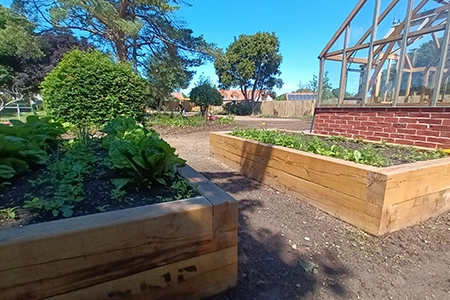
The Origins of Kiln-dry oak
An ancient technique dating back to ancient Mesopotamia and Egypt, finds its roots in the early civilizations’ need to preserve wood for construction and other applications. Early kilns were simple structures designed to control temperature and airflow, facilitating the drying process. Over time, advancements in technology and scientific understanding led to the evolution of kiln drying. In the context of oak, the practice has undergone significant refinement, with modern kilns employing precise temperature and humidity controls.
These developments have revolutionised oak drying, allowing for more efficient moisture removal while minimising the risk of warping or degrading the wood’s structural integrity. Today, kiln-drying oak involves sophisticated processes that ensure consistent moisture content, enhancing the wood’s stability, durability, and suitability for a wide range of applications in woodworking, construction, and outdoor projects.
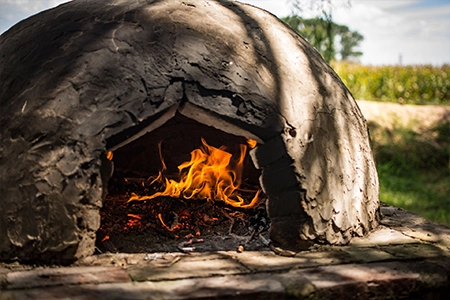
Differences Between Wet and Kiln-Dry Oak
Understanding these differences is pivotal for selecting the right type of oak to suit specific applications. Let’s delve into the fundamental disparities between the two types of oak, shedding light on their moisture content, stability, workability, and suitability for various projects.
Moisture Content
The primary distinction between wet and kiln-dry oak lies in their moisture content. Wet or green oak has a high moisture content, typically around 30-60%, whereas dried oak has around 6-8%. This variance in moisture levels significantly affects the wood’s stability and suitability for different applications.
Stability and Shrinkage
Wet oak tends to undergo more significant shrinkage and warping as it dries naturally over time. Kiln-dry oak, having undergone controlled drying, experiences less shrinkage and warping, resulting in a more stable and predictable wood for projects.
Workability and Strength
Kiln-dry oak is generally more workable than wet oak. The controlled drying process enhances its strength and durability, making it easier to craft and shape without compromising its structural integrity. Wet oak, being softer and less stable, can pose challenges during woodworking and construction.
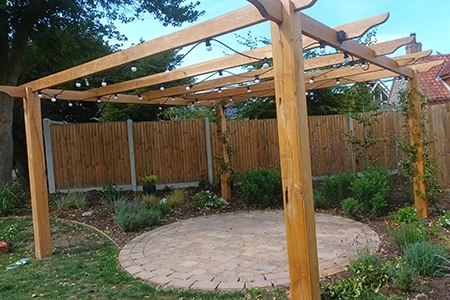
Benefits of Kiln-Dry Oak
Kiln-dry oak stands as a testament to meticulous craftsmanship and innovative wood processing techniques. This specialised method of drying oak not only enhances its quality but also bestows a myriad of advantages that set it apart from its counterparts. Exploring the benefits of kiln-dry oak unveils a range of characteristics that make it a preferred choice for diverse woodworking and construction projects. Let’s delve into the remarkable advantages that make dried oak a standout option in the realm of wood materials.
Enhanced Stability
Kiln-dry oak offers superior stability, minimising the risk of warping, twisting, or cracking, and ensuring longevity in outdoor applications.
Reduced Shrinkage
Its lower moisture content results in reduced shrinkage, making it a reliable choice for precision woodworking projects.
Increased Strength
Dried oak tends to be stronger and more durable, providing a sturdy material for various landscaping and design projects.
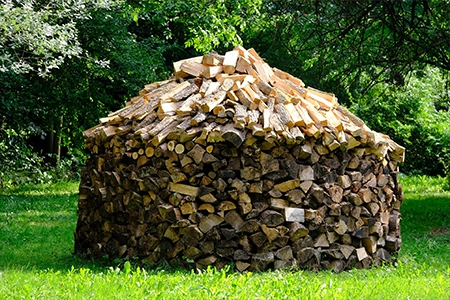
Problems of Kiln-Dry Oak and Resolutions
While kiln-dry oak presents a host of advantages, it’s essential to navigate the potential challenges that may accompany this specialised wood treatment. Unveiling the problems associated with dried oak and their corresponding resolutions sheds light on how to mitigate these issues effectively.
Understanding these challenges enables informed decision-making when considering the use of dried oak in woodworking, construction, and outdoor projects. Let’s explore the potential hurdles and their actionable solutions to ensure the optimal utilisation of dried oak in various applications.
Potentially Brittle Nature
In some cases, dried oak might become brittle due to rapid drying. To resolve this, gradual drying processes or proper conditioning can be employed to reduce brittleness.
Higher Cost
Kiln-dry oak often comes at a higher cost compared to wet oak. However, its durability and stability justify the initial investment by ensuring a longer-lasting final product.
Limited Availability
The availability of kiln-dry oak might be more limited than wet oak due to the drying process. Engaging with reputable suppliers or planning can help secure adequate quantities for projects.
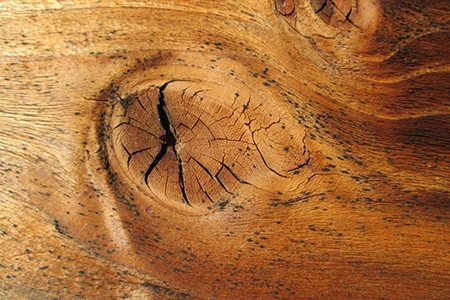
What we Offer
At NGS, our commitment to crafting exceptional garden landscapes extends beyond conventional services. With an on-hand team of skilled carpenters, we transform visions into reality, fashioning bespoke wooden garden features that embody craftsmanship and elegance. Our artisans meticulously bring your dreams to life, tailoring each piece to your specifications with precision and expertise.
Moreover, our access to a diverse range of materials includes both wet and kiln-dry oak, empowering us to curate designs that align seamlessly with your preferences. Whether it’s the natural allure of wet oak or the stability of dried oak, our team harnesses the distinct qualities of each wood type to curate stunning garden elements that surpass expectations in beauty, durability, and functionality.
Explore our blog detailing the array of wooden structures we offer, designed to elevate your garden and make a bold statement. Discover insights and inspirations to choose the perfect wooden features for your outdoor space. To speak to someone about the services we offer, head to the Contact Us page.
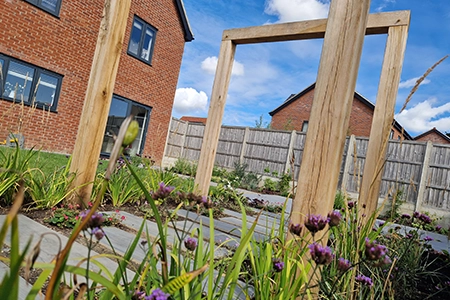
Conclusion
In the realm of garden landscaping and design, the choice between kiln-dry oak and wet oak significantly impacts the quality, durability, and longevity of projects. While dried oak offers enhanced stability, reduced shrinkage, and increased strength, it may come with challenges like potential brittleness and higher cost.
However, these challenges can be mitigated through proper drying techniques, understanding the value of the initial investment, and thoughtful planning. By weighing these factors, garden enthusiasts can make an informed choice, ensuring their projects stand the test of time and nature’s elements.
References




